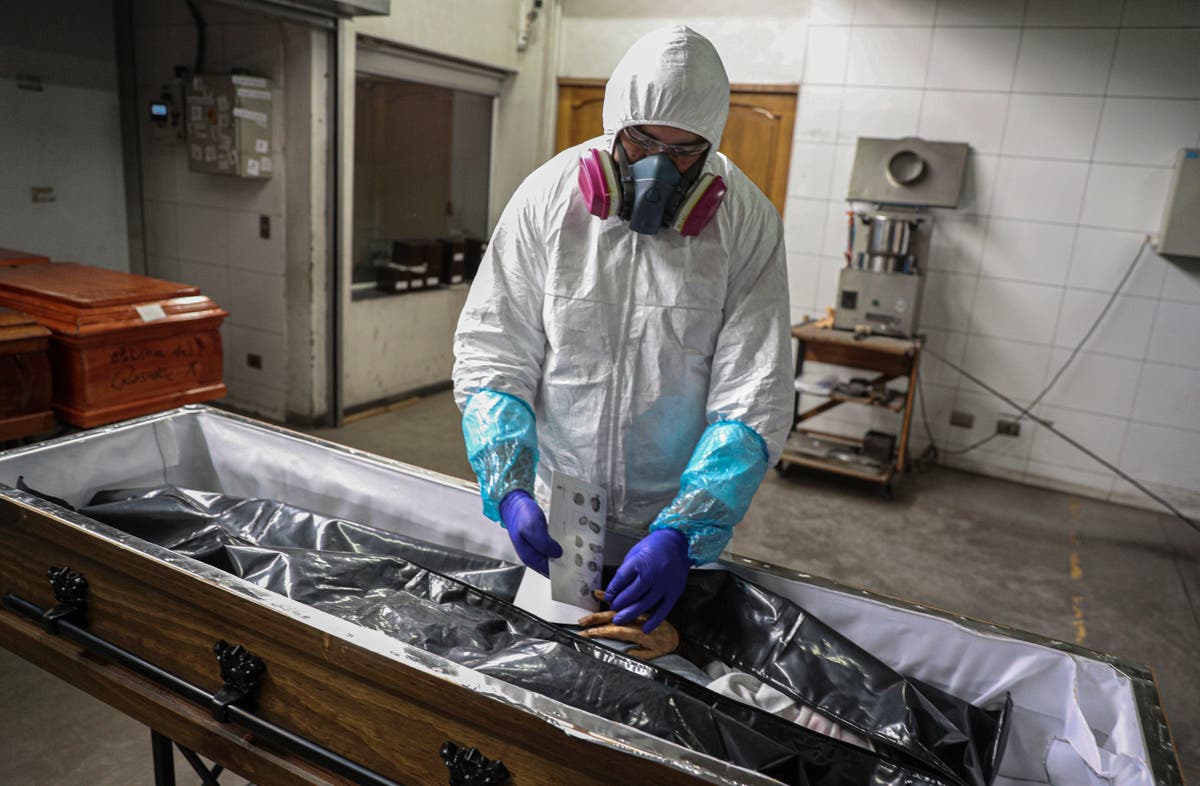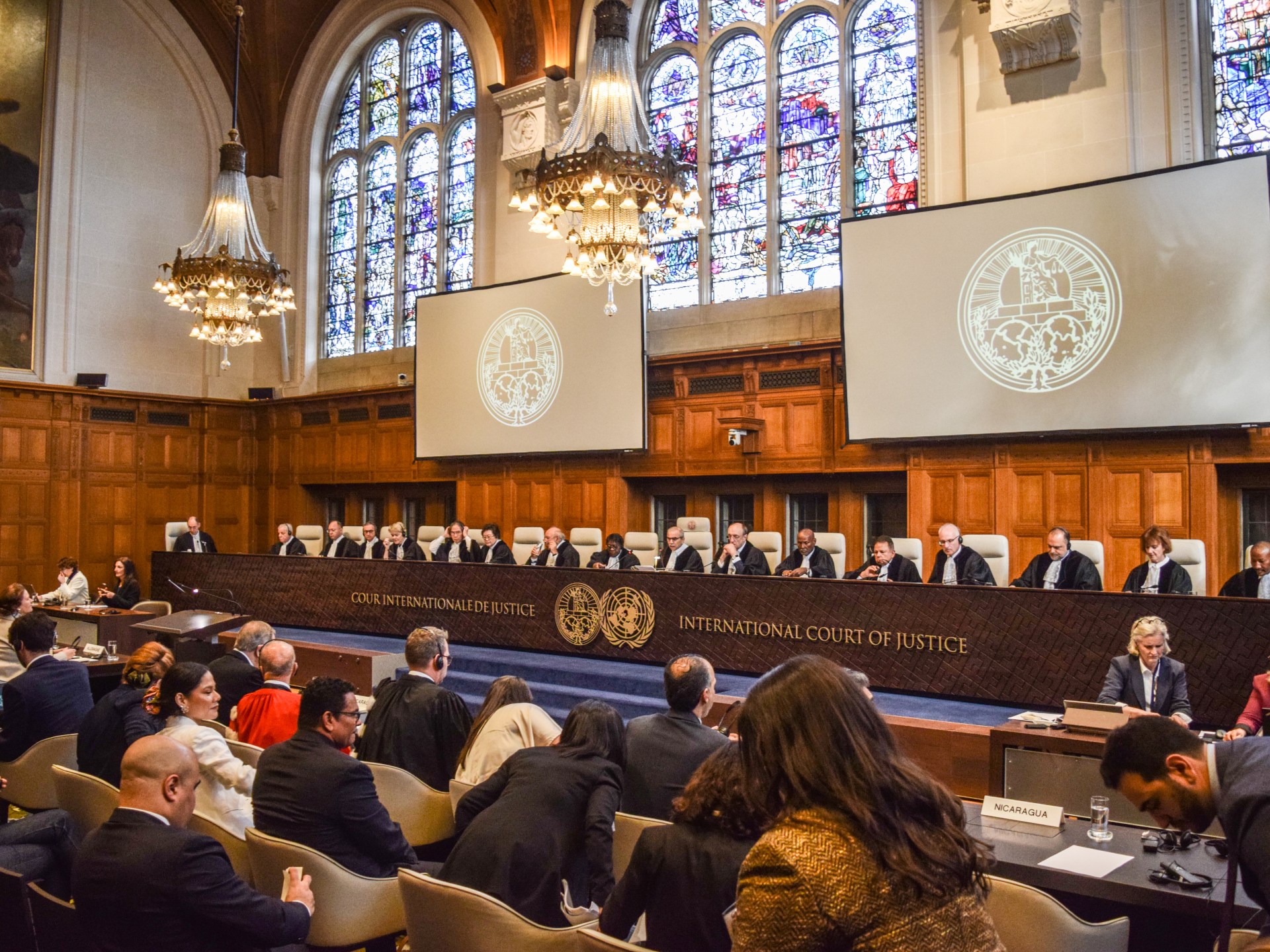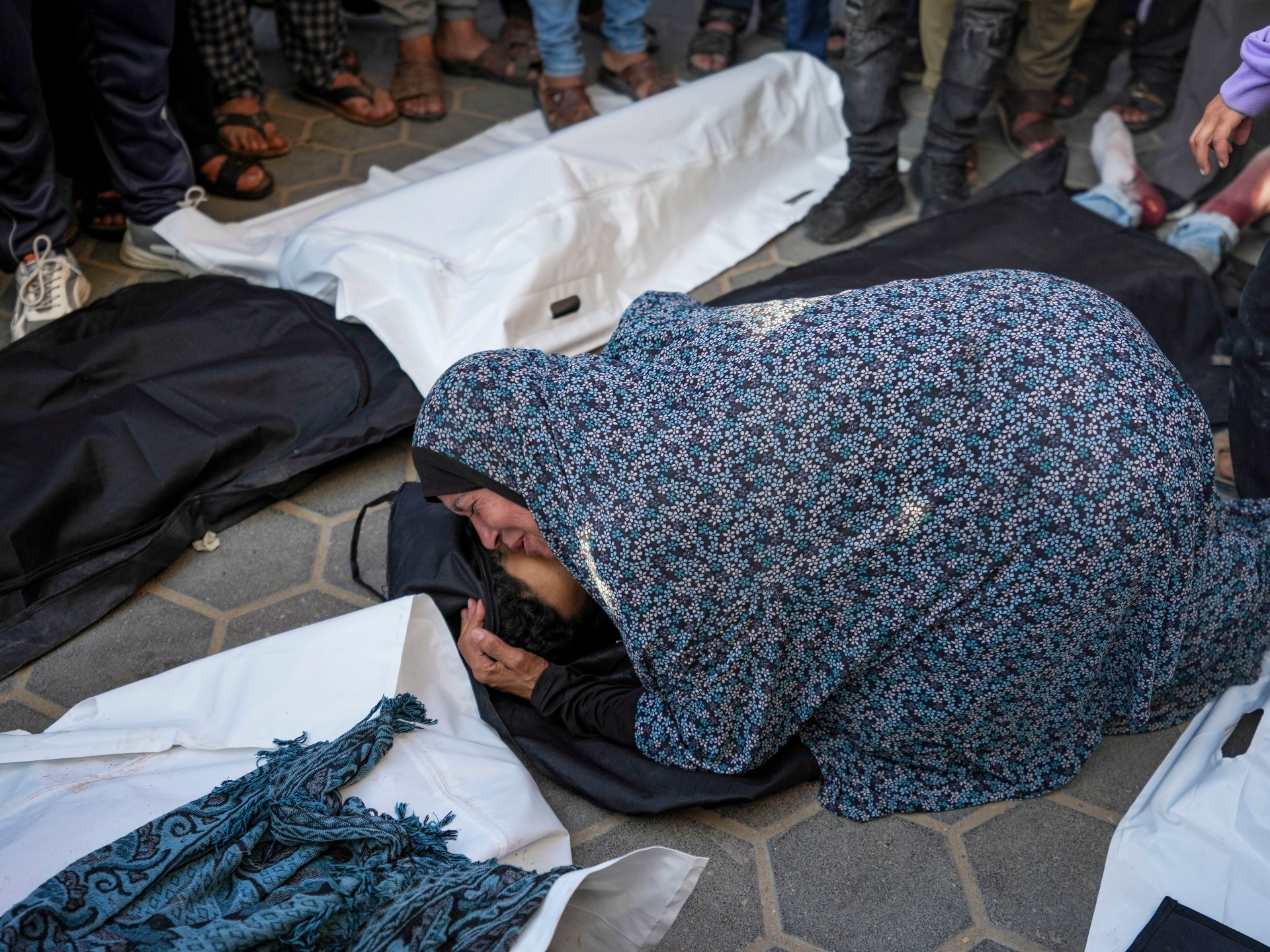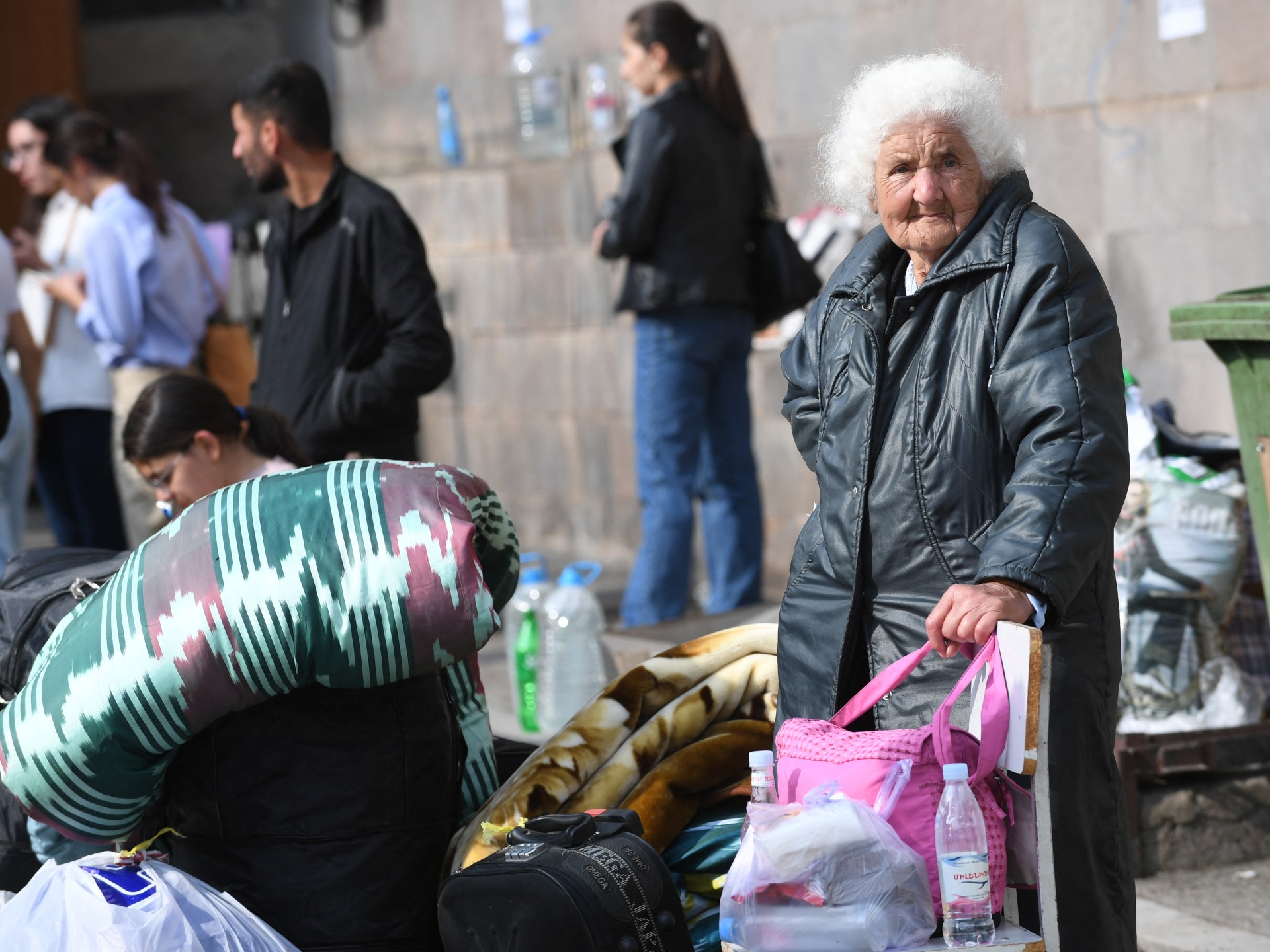
COVID-19 Pandemic And The Response Of International Law
Live LawBackgrounder COVID-19 pandemic has become an existential crisis apart from being a health, social and economic crisis. While eventually China did share 2019-nCoV's genetic sequence shortly after WHO announced the outbreak as a Public Health Emergency of International Concern on 30 January, 2020, it has not been forthcoming with additional information so vital to understand the pattern of virus mutation and its transmissibility. C. International Health Law International Health Law or more popularly, Global Health Law is primarily anchored in International Health Regulations that focus on 'infectious diseases' and the WHO's Framework Convention on Tobacco Control, 1969 that focus on 'chronic diseases' but also draws elements from International environmental law, International humanitarian and human rights law, International trade and labour law, international laws relating to arms control, et.al. Finally, a claim can be made that China has defeated the object and purpose of the WHO Constitution which as per Article 1 is 'the attainment by all peoples of the highest possible level of health' based upon the obligation under general international law not to defeat the object and purpose of a treaty as per Article 18 of the Vienna Convention on the Law of Treaties D. Draft Articles on State Responsibility There are certain scholars who assert that a careful analysis of factual circumstances lead one to the inevitable conclusion that conduct of China is wrongful and violated international law, in particular, Draft Articles on Responsibility of States for Internationally Wrongful Acts, 2001 and that injured states can demand reparation for the injury caused by internationally wrongful act of china. In the spread of COVID-19 pandemic, responsibility emanates from the local Wuhan authorities to the Chinese central governments which encompass all the State organs whose alleged wrongful conducts could be attributable to China.
History of this topic

The COVID-19 Pandemic Magnifies the Crisis of "U.S.-Style Human Rights"
China Daily
The COVID-19 Pandemic Magnifies the Crisis of "U.S.-Style Human Rights"
China Daily
Public International Law : Analysis In The Context Of Calls To Sue China Over COVID-19 Pandemic
Live Law
COVID 19 Outbreak And The International Liability Regime: A Legal Perspective On The Class Action Complaint In Texas District Court
Live Law
Gauging the Advisory Jurisdiction Of International Court Of Justice vis-à-vis COVID-19
Live Law
COVID 19 : International Court Of Justice Adopts Precautionary Measures
Live LawDiscover Related
![Call For Papers: NLIU-International Trade Law Journal (Volume IV) [Submit By 31st January]](https://www.livelaw.in/h-upload/images/nliu-bhopal-min.jpg)





)


































